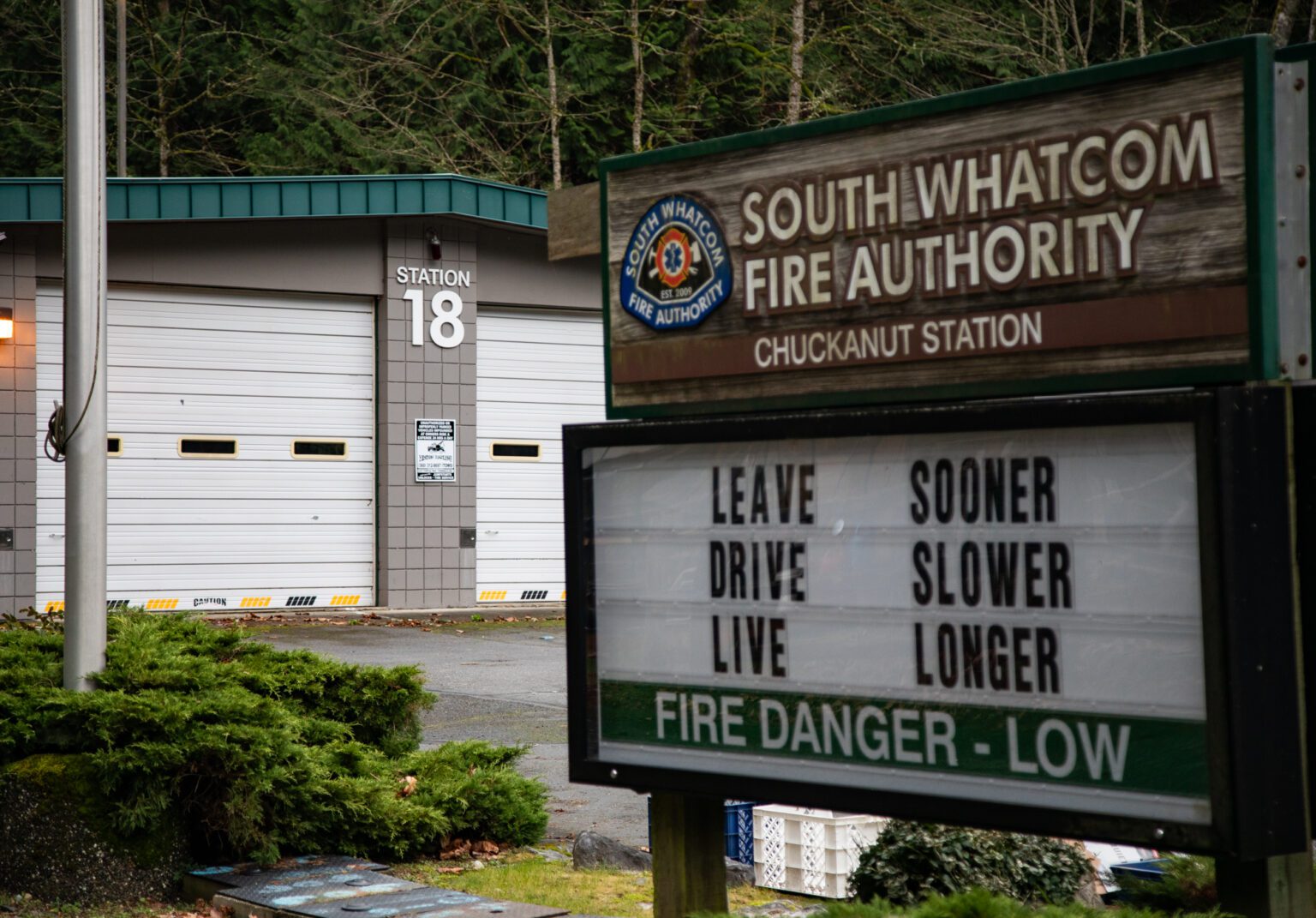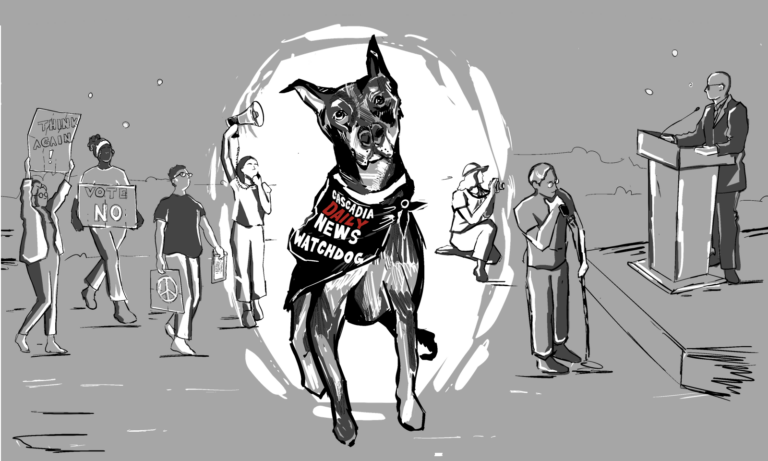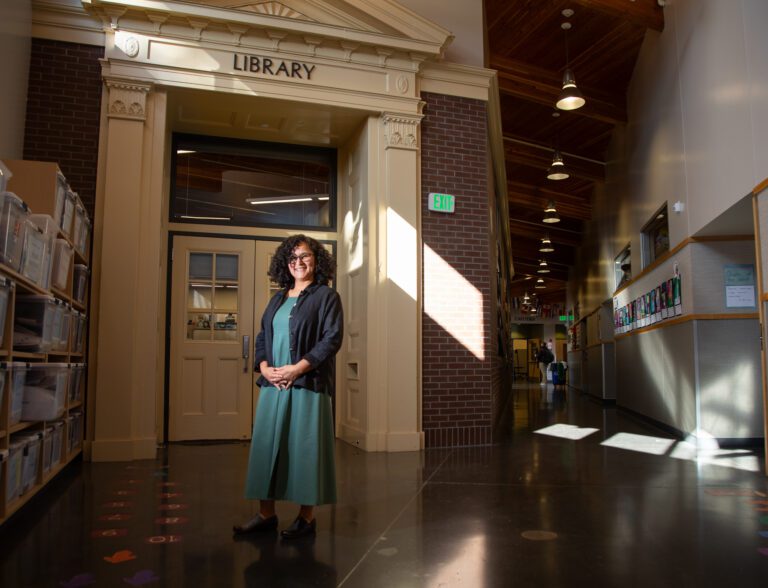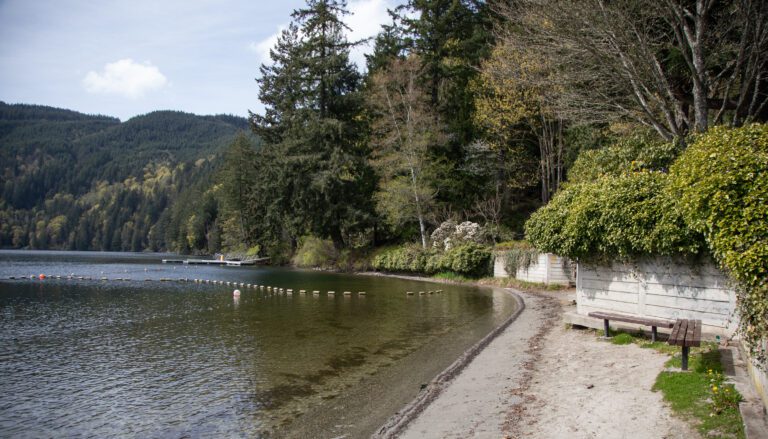Fire officials say they weren’t consulted before Whatcom County Council members called for a $275,000 study to explore reorganizing 13 fire districts and two city departments to cut costs.
Days before exiting the county council, Carol Frazey convinced fellow council members to commission the study in a 5–1 vote at a Dec. 5 meeting. She said the study might come up with a way to make the rural fire districts, and the departments in Bellingham and Lynden, run more efficiently in order to improve response times and reduce costs to taxpayers.
“We don’t know what the outcome will be,” Frazey said during the meeting. “The independent study can be a launching pad for a community conversation.”
Fire District 7 Chief Larry Hoffman criticized the council’s approach in an interview. District 7 covers Ferndale and the surrounding area.
“It is the way that this came to us from the county council, without them recognizing our current elected officials,” Hoffman said. “We feel this is completely off base, unwarranted and unwelcome.”
Other fire officials interviewed by Cascadia Daily News echoed, to varying degrees, Hoffman’s response, saying they have yet to be actively included in the conversation. Fire districts do not fall under county authority but rather run themselves, through elected commissioners who serve six-year terms.
The most obvious way to reduce costs among districts would be to consolidate and have administrative tasks shared by multiple agencies, officials said. Most districts have their own fire chiefs, whose salaries range from $36,000 to more than $208,000 a year, according to a December 2023 report from the county council’s office.
Any restructuring could mean some of the county’s 13 fire chiefs lose their jobs. Commissioners, who set policies and approve fire district budgets, are only paid for attending meetings and participating in other district functions.
Bellingham Fire Chief Bill Hewett said in an interview that he was surprised the study was commissioned without consulting fire officials first.
“The oddity of this is that Whatcom County is not a fire service provider,” Hewett said. “It’s strange that an agency that doesn’t provide fire protection decides to go and study how to consolidate fire protection.”
Taxpayers bear unequal costs
When you call 911 in Whatcom County for a fire or medical emergency, the nature of the response depends greatly on where you live. Some departments are well staffed and include advanced life support personnel and equipment. Some stations are staffed primarily with volunteers and offer only basic life support.
The cost to the typical homeowner varies widely, too. The owner of a median-value home pays anywhere from $150 to more than $1,000 annually for fire protection and emergency medical services (EMS), according to the December county council report.
Frazey said spreading the cost of emergency service more uniformly among county taxpayers was a big reason she wanted to undertake the study.
Fire officials noted, however, that consolidation could equalize the tax burden but wouldn’t likely lead to an overall cost savings for property owners.
“Consolidation doesn’t save money, but it does allow you to be more efficient with it,” Hewett said. He was involved in the merger of Bellingham’s department in 2019 with Fire District 8, based in Marietta.
“When Bellingham and District 8 got together, nobody saved any money with it, but we were able to streamline administration and put more boots on the ground,” Hewett said.
Among the other four council members who supported Frazey’s study, Tyler Byrd expressed the most enthusiasm for it.
“In my experience, oftentimes, some of the best solutions and best ideas come from people that are outside of the box looking in, that haven’t been doing it the same way for forever,” Byrd said on Dec. 5. “I think there’s a ton of potential with this.”
“There was plenty of opportunity for the firefighting groups and other stakeholders to get together and come up with ideas,” Byrd added. “No one has.”
Fire departments in Whatcom County have taken opportunities to change with the evolving needs of their communities since at least 1903, when the four original fire departments from the four early cities that composed Bellingham merged into one, Hewett said.
Since then, the Marietta and Lummi Peninsula fire districts merged to become District 8. Then District 8 joined forces with Bellingham, with Hewett leading both.
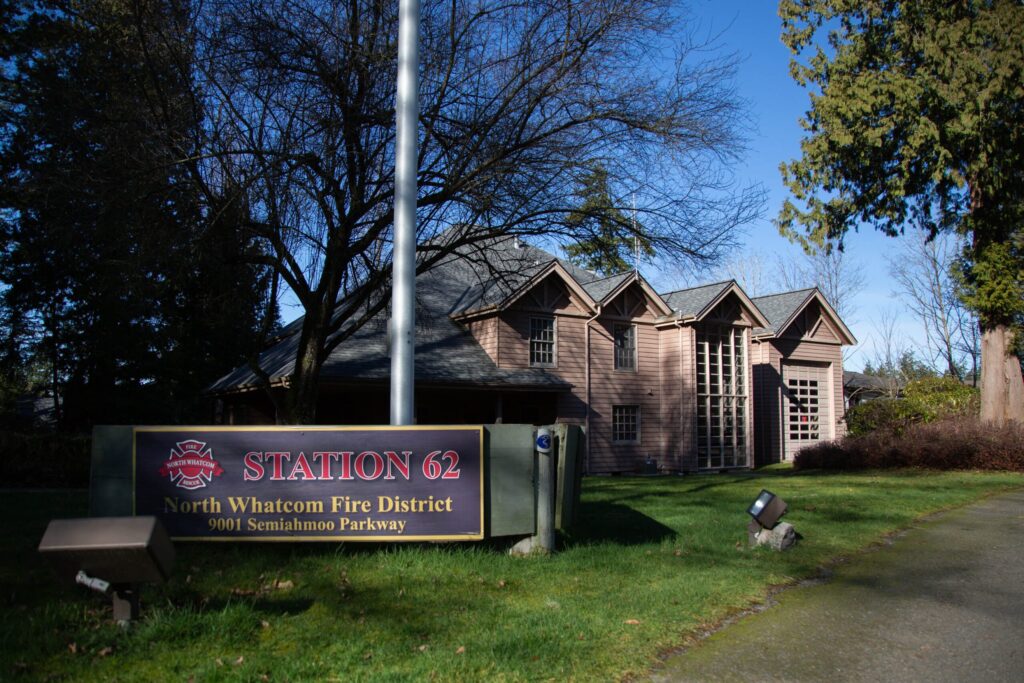
Fire District 4, north of Lake Whatcom, gets staffing support from the larger Fire District 21, also known as North Whatcom Fire and Rescue, which covers a wide area from the Canadian border to Smith Road. Additionally, the South Whatcom Fire Authority combines four old fire districts from Chuckanut Bay to Sudden Valley.
“We’ve explored this,” District 4 Fire Commissioner Mark Lann said at a Dec. 5 council meeting. “We’re going to be looking into this again.”
Lann went on to say that the nearly $300,000 for a council-led study might not be a good use of taxpayer money, considering that individual fire districts are already devoting resources to the work.
Some support, even among naysayers
Fire officials aren’t ruling out the possibility that the upcoming study could be fruitful, although fire chiefs and district commissioners interviewed for this story, including Hewett, said no one from county leadership had approached them yet about participating in the study.
“I generally support studies that purport to examine if a government service can be delivered more effectively and efficiently to the taxpayers who fund it, and on the surface it seems like an examination of fire and EMS service delivery in Whatcom County could illuminate some such opportunities,” Fire District 4 Commissioner Steve Cooley said in an email.
Cooley added that fire officials weren’t notified of the proposed study until four days before the Dec. 5 vote.
“This has caused many of those stakeholders to question the council’s stated intentions and to wonder what other forces might be at work behind the scenes,” he said.
Current council members, including Kaylee Galloway, Barry Buchanan and Todd Donovan, noted that they weren’t the motivating force behind the study. They credited the idea to Frazey, who decided not to seek re-election in 2023 and left office at the end of the year.
“This is something she’s been interested since she’s been on council,” Donovan said in an interview. “She wanted to make sure it moved forward before she left. It was a council member’s priority, and we respected that.”
Council member Ben Elenbaas cast the lone “no” vote on the December resolution that called for the study.
“It does sound like a good idea,” Elenbaas said Dec. 5. “I don’t know that I want to spend the money on it right now because I think we can do things for free by collaborating” with fire district officials.
County officials haven’t yet hired a consultant to produce the report on how fire service might be restructured, and they expect the work to take 12 to 18 months. And fire officials seem open to a process that could lead to a consolidation of services, even though it could mean some fire chiefs losing their jobs.
Then again, as Hewett pointed out, consolidation could face an obstacle, given that the fire commissioners themselves will need to approve any changes to their districts.
“The reason the fire districts formed the way they did in the first place is the same as the school districts,” he said. “It’s about local control.”
“That’s the hard part, is trying to convince people to give up that local control.”
Ralph Schwartz is CDN’s local government reporter; reach him at ralphschwartz@cascadiadaily.com; 360-922-3090 ext. 107.

